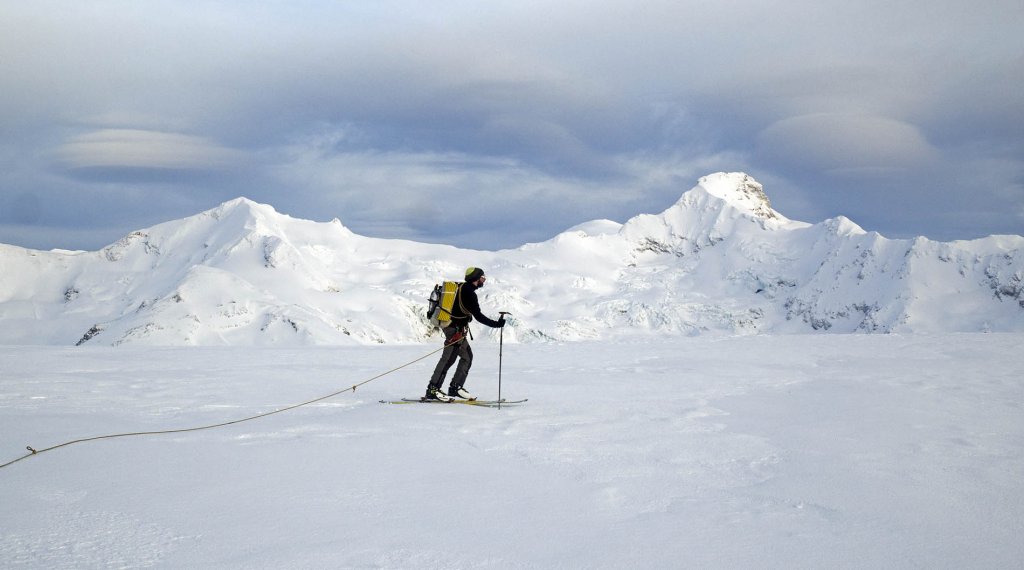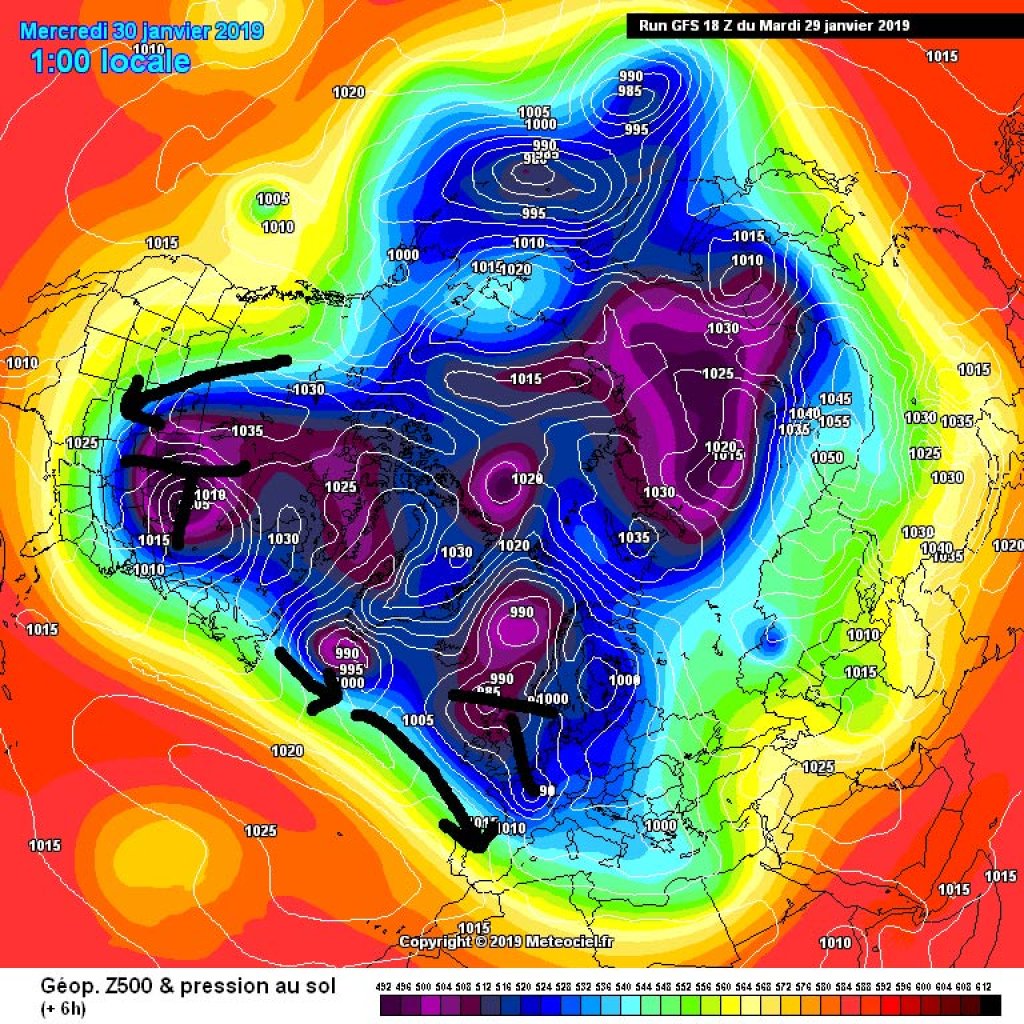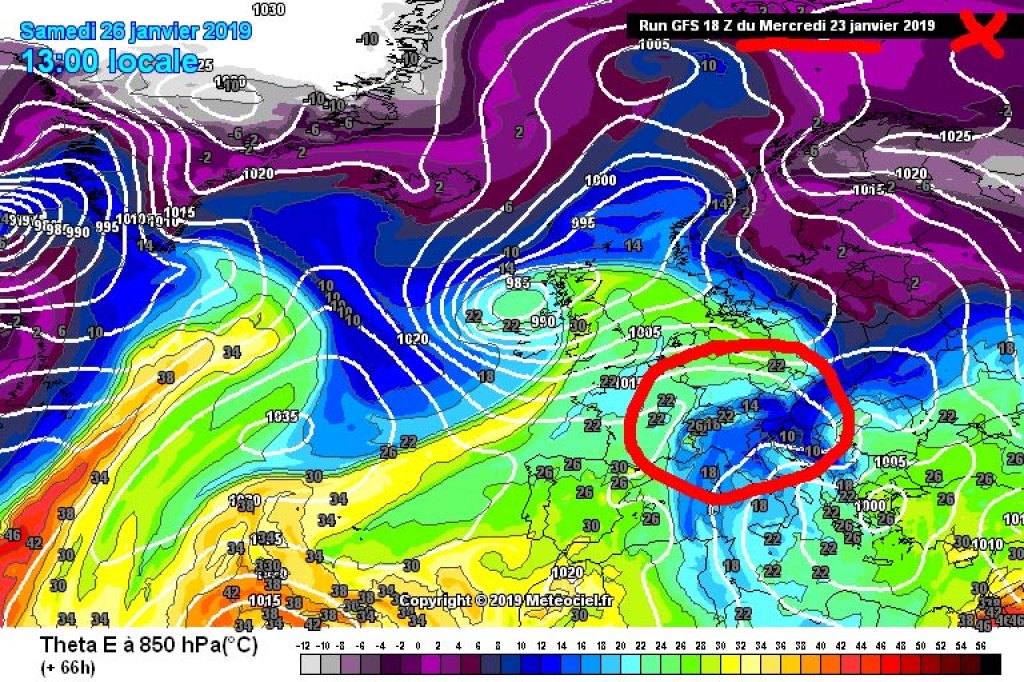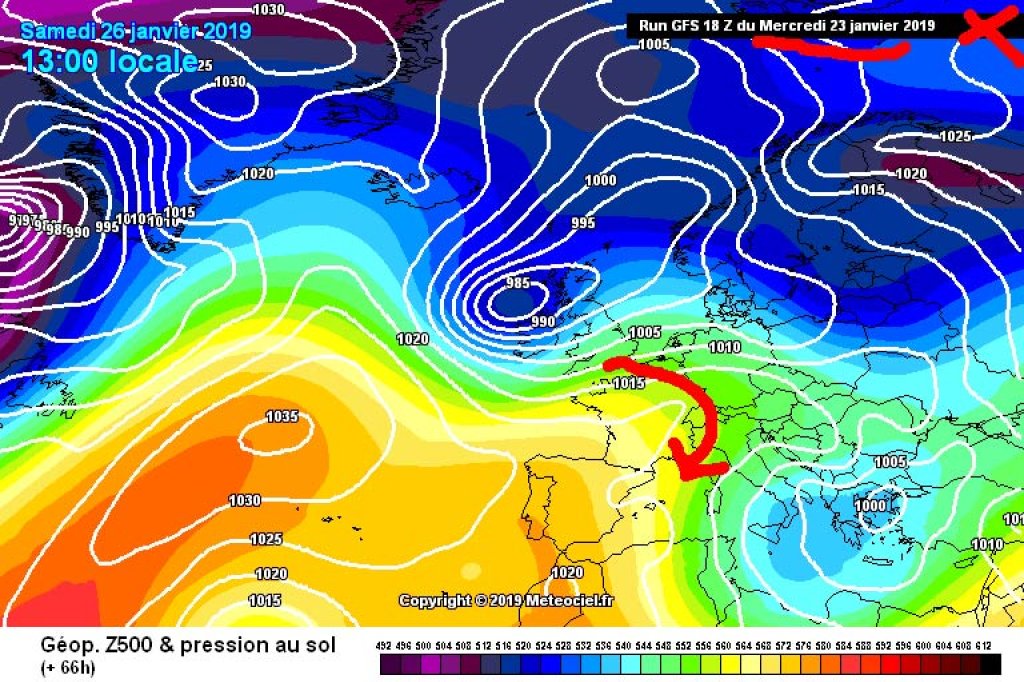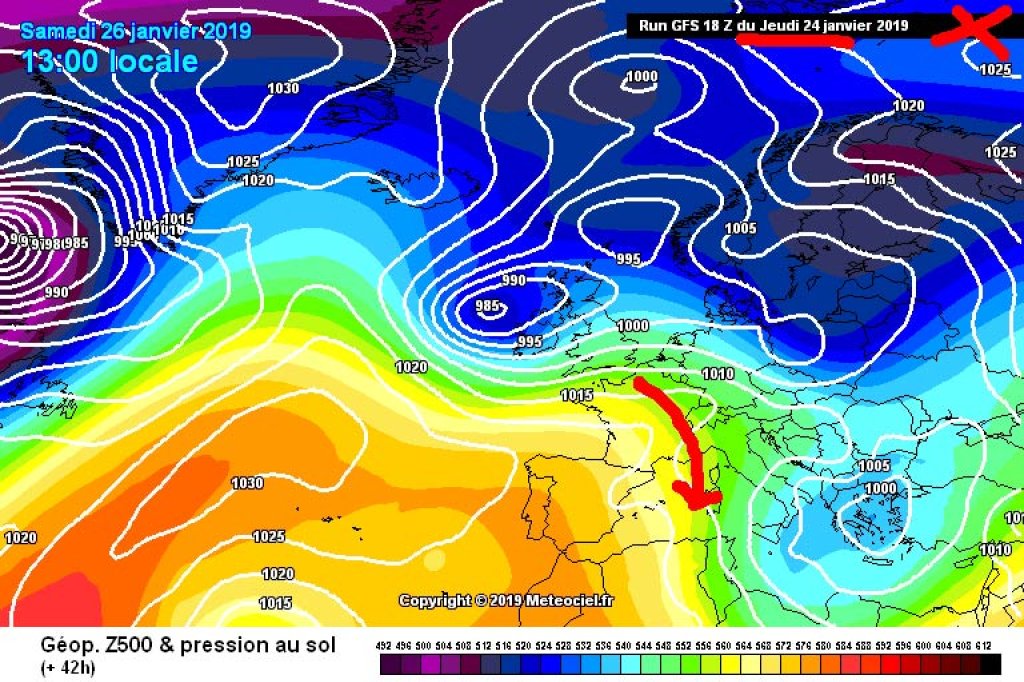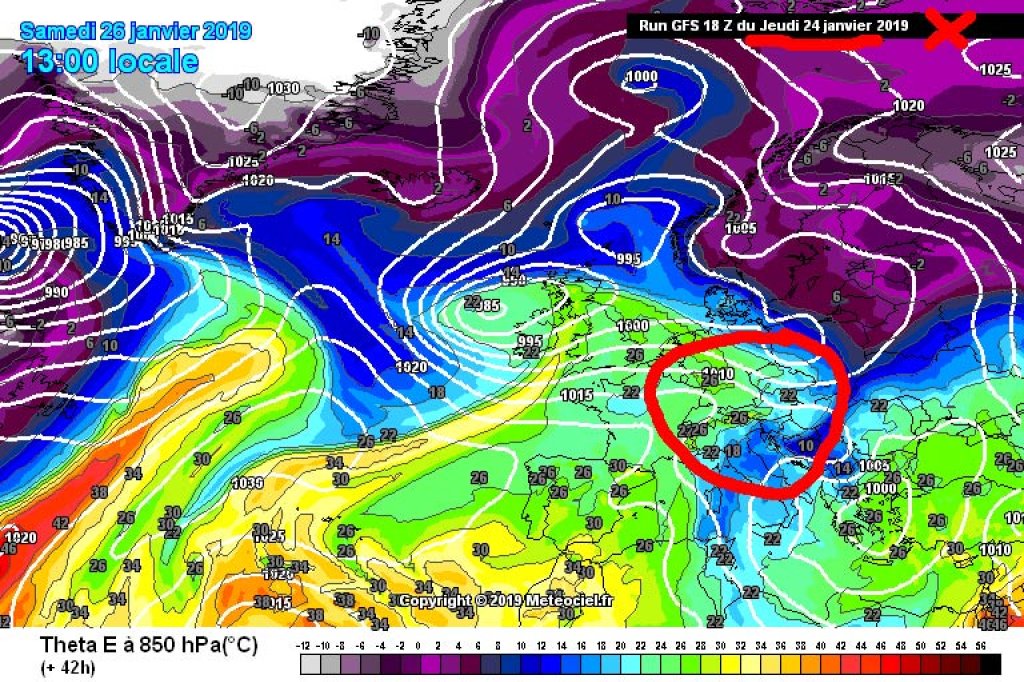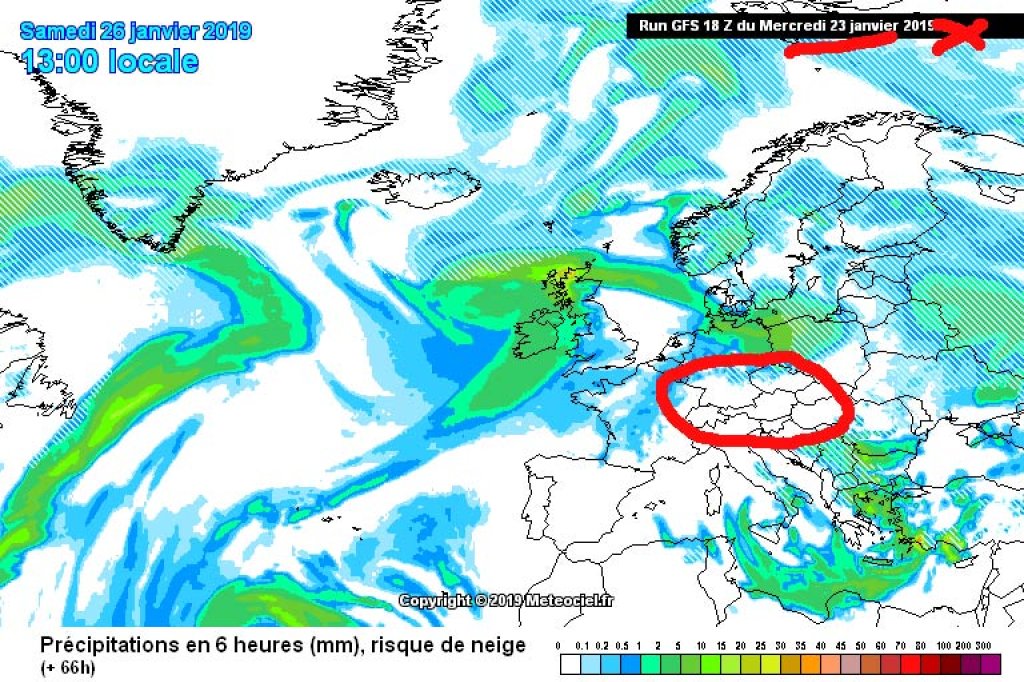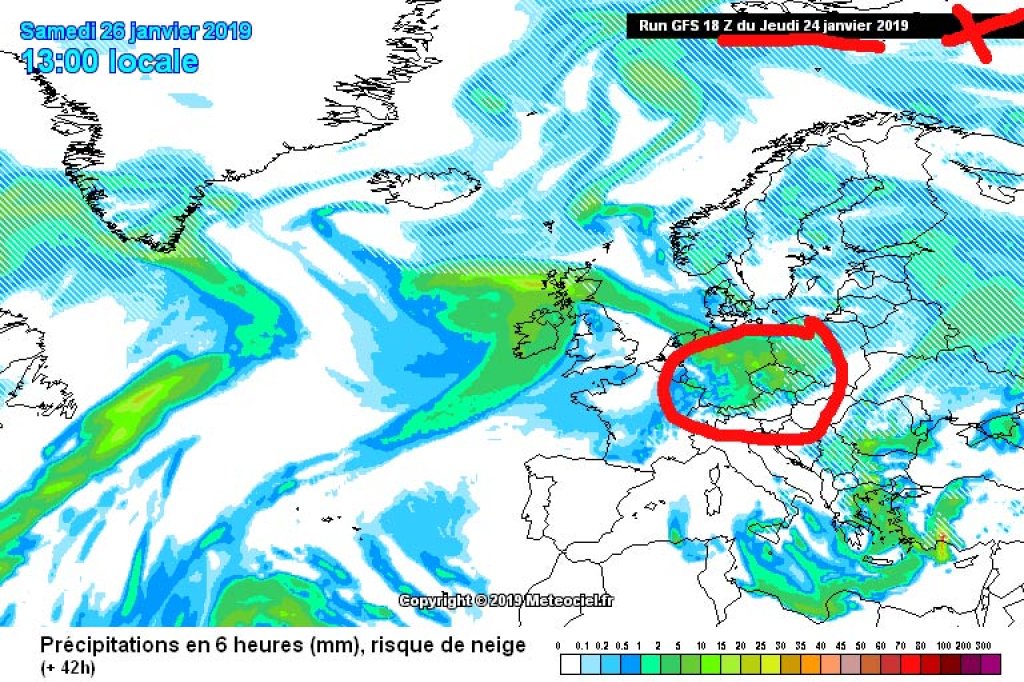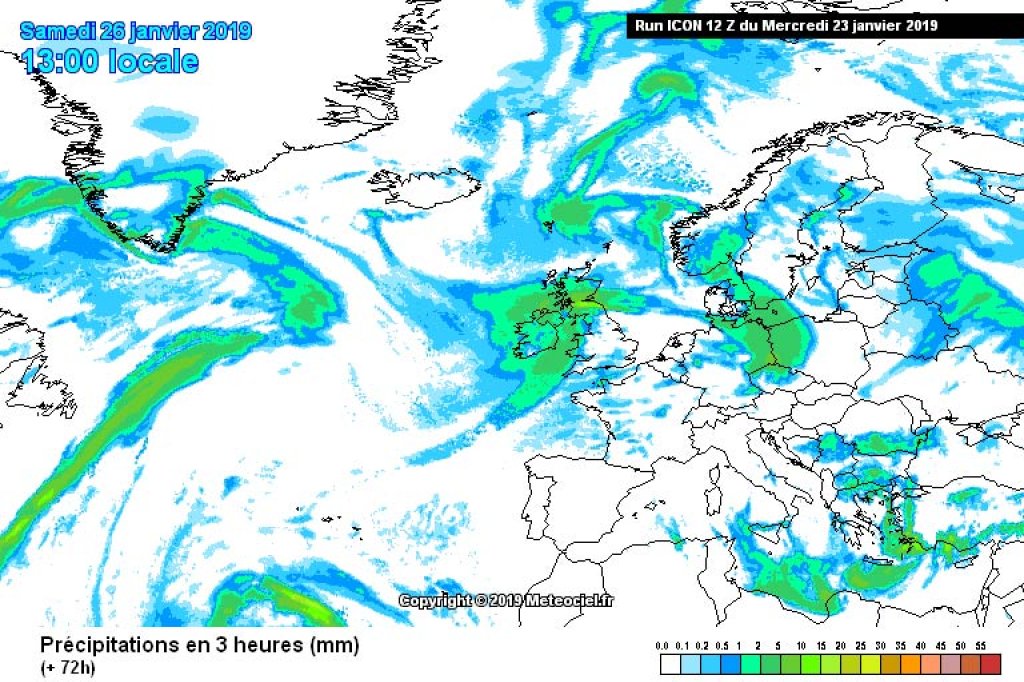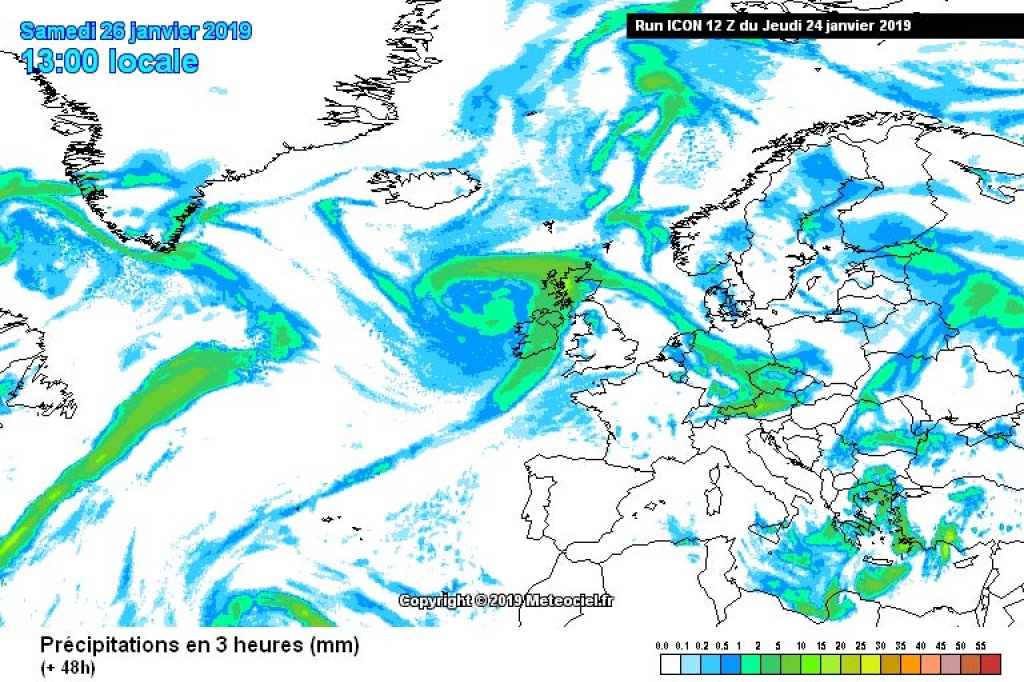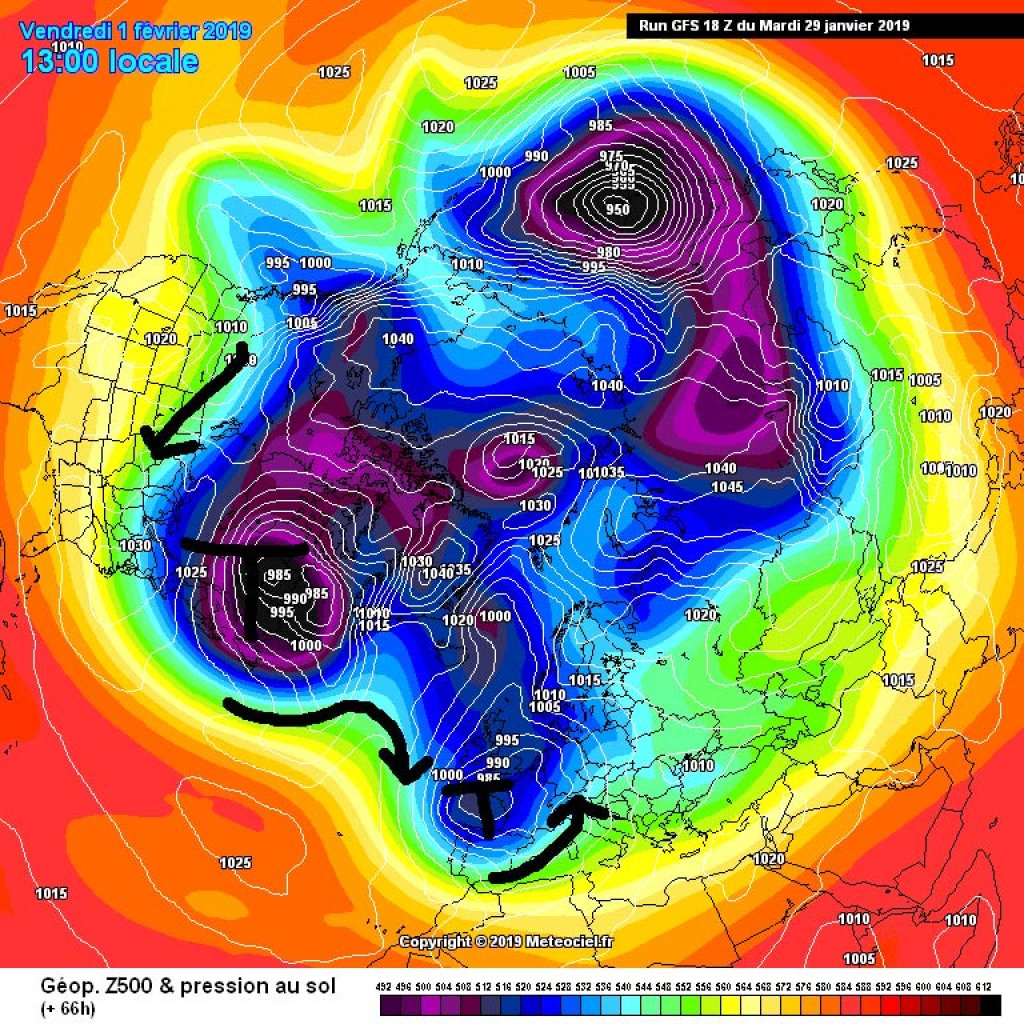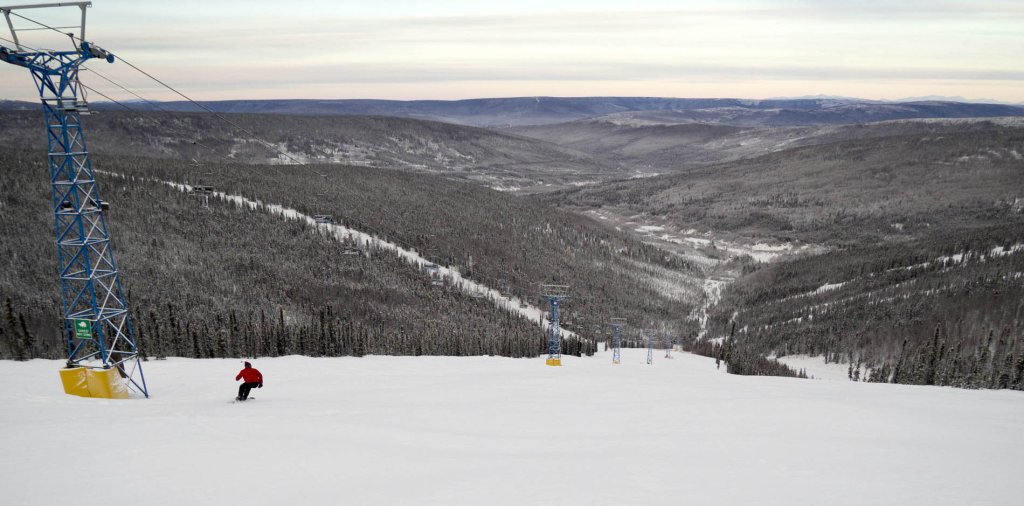Polar vortex branch brings cold for the eastern USA and dynamic Atlantic weather
One of the low pressure centers is located over north-eastern Canada and is currently causing extremely cold temperatures in the eastern half of Canada and the USA. The coldest temperatures in 20 years are forecast for some regions in the Midwest. A "wind chill" temperature of -61 degrees Fahrenheit (-52C) was measured at a weather station in North Dakota on Tuesday. The actual air temperature was -25F (-32C). Further west, the other side of the wave is shoveling unusually warm air all the way to the far north, and at the WeatherBlog in Interior Alaska, they're worried about road conditions. The usually cold, dust-dry snowy roads become extremely slippery when it does thaw for once.
The weather in Europe is also more or less directly linked to the polar vortex in eastern Canada. This ensures that cold air constantly reaches the northwest Atlantic and promotes the development of low pressure there. New Atlantic lows are constantly moving along the westerly drift towards Europe and preventing the Azores High from spreading northwards - hence the changeable, Atlantic-influenced weather character of the last few days.
